Interview|Tsutomu Yamagata “Thirteen Orphans”
山縣勉「国士無双」
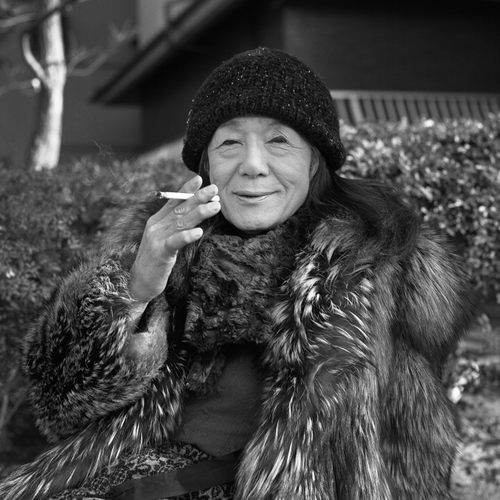
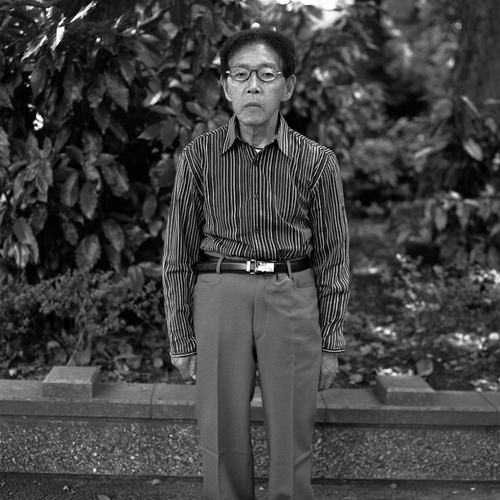
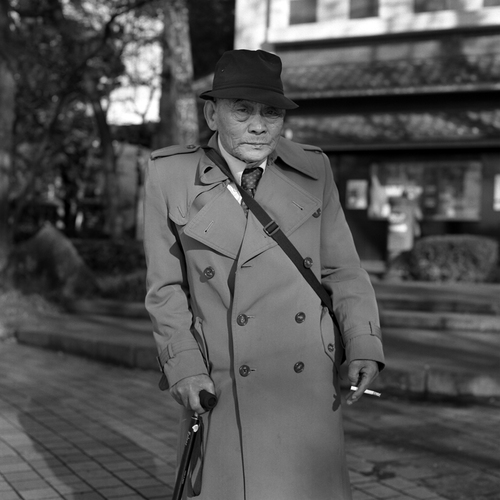
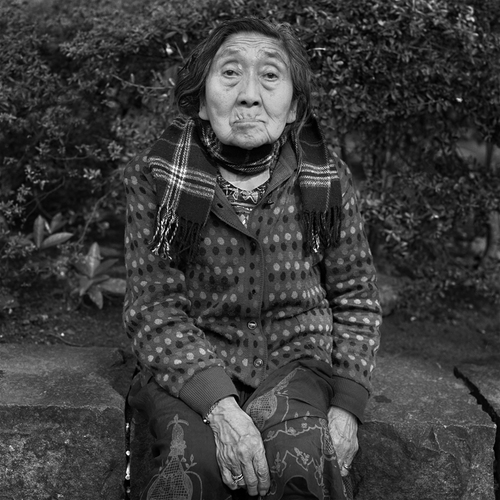
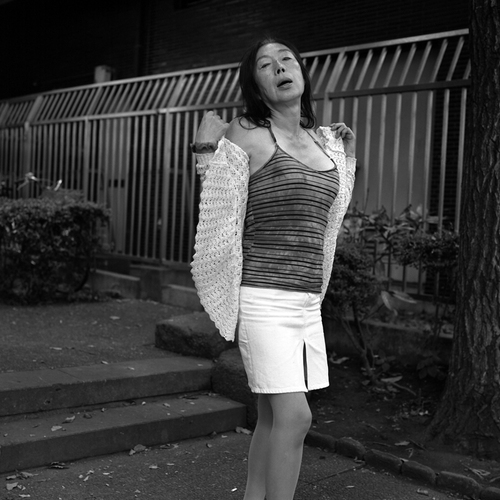
“Thirteen Orphans” Photographs by Tsutomu Yamagata
Exhibition: Jan 20 - Feb 1, 2012
At Zen Foto Gallery, Roppongi , Tokyo
For an interview with Tsutomu Yamagata, please scroll down
In Tokyo are legions of men and women in dark grey suits and white shirts. Does affluence make a country more uniform and drab?
How do people cope in a society with so much conformity? The choice of most of us is to register our residence, pay local and national tax, insurance, electricity, gas, water bills and so on. The other choice, non-conformity carries a high price. Society does not bend to those who do not conform to convention. The essentials of survival may be lost – a safe place to live, regular food and drink, or access to a doctor.
The subjects of Tsutomu Yamagata's photographs are non-conformists. Such people are becoming rare. When society was more diverse it was then probably easier for them to find a place in society's fringes. It's just that the fringes keep getting smaller.
Yamagata's subjects live their often hard lives with independence, with pride and determination. But we would never have been able to appreciate this without the ability of the photographer: not only his technique, but his own non-conformism, his affinity for these people who like him have chosen their own path, and his patient determination. Yamagata is no street snapper. To take one photograph of most of these people requires him to spend many hours, days, months, patiently sitting, listening, camera shut snugly in its case, as he wins the trust of the people of Shinobazu-no-ike.
It is the non-conformists that produce the greatest works of art, something that is impossible for those of us who always follow convention. The price of non-conformity is high, but perhaps a life of conformity carries a more terrible price.
Interview with Tsutomu Yamagata, January2011, at Zen Foto Gallery
What are your inspirations?
Lisette Model, Diane Arbus and Hiroh Kikai are among the photographers whose work I have liked. The way Model and Arbus capture unique aspects of character is my greatest inspiration.
The photographs of Masatoshi Naitoh and Issei Suda are also great. Roger Ballen's portraits are remarkable photographs.
I like photographs that contain some social or historic relevance. And I want to take photographs like that too.
What is the meaning of “13 Orphans”?
In the game of Mah Jong the strongest hand is made up of all different, unconnected cards. So if one piece is missing, the hand is worthless.
Where are the photographs taken?
The photographs are taken around Shinobazu-no-ike, which is a large lake next to Ueno Park in Tokyo. This area is best known for the park, its cherry blossoms and the zoo. Actually at first I went there without intending to take pictures, but there was something about the atmosphere there, the people, the lake and the lotus plants that virtually fill the lake. Lotus is a very significant plant in Buddhism. I liked to take the photographs in these surrounding.
How did you start photographing?
As a teenager I like the photographs of teen idols and wanted to make photographs like that, so I bought a Canon SLR camera.
At around 20 I started collecting shashinshu (photobooks).
After graduating I joined a big Japanese company. For my holidays I would travel to places like New York and see photographs. I was fascinated. I even bought some prints from New York galleries.
I decided to give up my salariman job and went travelling overseas.
Something I have always liked to do is to look at people around me, say on the train, and imagine what kind of lives they have had.
Around three years ago I joined the photography workshop of Satoru Watanabe, my teacher. I started photographing in the streets but have concentrated on these portraits in recent years.
I am interested in the difference between my initial impression and what I hear from the people when they talk of their lives.
I don't give any instructions and I don't talk as I photograph.
Over 4 years I have photographed 200 people, and must have talked with at least twice that number.
After developing and printing I carry the photographs around with me to give to people, but of course there are some who have moved on, or disappeared.
Your work seems similar to that of Hiroh Kikai?
I've met Kikai-san several times and shown him my work. He said to me: “You must spend a lot of time with each person”. He's quite right. I've seen Kikai-san taking photographs and I was truly impressed. He can approach a person on the street and while talking he manages to get the subject relaxed and ready to be photographed. The whole process is over in five minutes or less.
In my case, I sometimes never get my camera out of my bag. I spend 90% of the time listening. For some people we can get round to taking a photograph that day, within half an hour. With others it can be after several hours. One person took two and a half years. While I was talking with others she would eavesdrop, and one day she simply came over and said she wanted to be photographed there and then.
How is Shinobazu-no-ike changing?
When I first started going there to photograph there were more people than now, and that change has taken place within the last five years, so it is changing, definitely.
What will I do if there are no more subjects there? Well of course there are other places. I will follow the people wherever they are found.
What are your future plans? Do you have other series?
Even if I were to change the format or move into colour, I would not change my essential approach. But my career is still young. I want to make this my life work.
As for other work, I am taking photographs of one particular person I met as Shinobazu-no-ike.
I'm also interested in the group-like behaviour common in Japan; the way in which decisions are reached through consensus, without apparently having been guided or led. This has led to trouble on occasions in the past. I'm thinking of the way Japan got into the Pacific War and some recent corporate scandals for example. People end up all moving unquestioningly in the same direction. I'd like to find a way to express this phenomenon.
Photographers have traditionally shown their work in exhibitions and in print. But new and more immediate forms of presentation have come with twitter and facebook, and artists can now engage more directly with the viewers.
images and text: copyright Tsutomu Yamagata, Zen Foto Gallery, 2012
Related Publications: